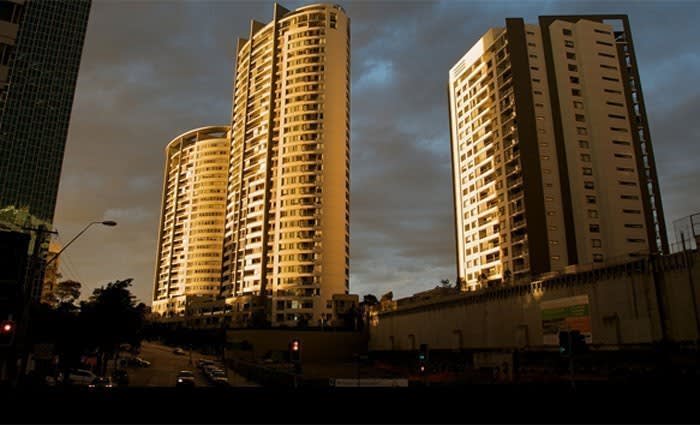Lots of positives from discussing negative policies: Robert Simeon
The Australian property debate has never been as interesting, given we are on the precipice of change – and the politicians don’t like it, either.
Take the negative gearing debate, which has been quite fast and furious of late. The catalyst for the first time was that both major parties had to declare what their positions were, and was there a slight chance of reform? Previously, when any policy topics were discussed they were usually framed with the standard “no comment”. The major difference today is that the electorate demands a more exacting policy position from the major parties. This is good debate.
This week, myself and many other property commentators were left with egg on our respective faces when the 2012/13 Australian Taxation Office figures identified that tax breaks claimed for rental properties fell from $13.8 billion in 2011/12 to $12.0 billion.
This reduction was attributed to the fall in interest rates, although I am not so sure that was a major contributing factor. On 1 July 2012, the cash rate was 3.50% and by 30 June 2013 it had fallen to 2.75%, although we do know that the property investor surge really started to accelerate after June 30, 2013. And since then the cash rate has now fallen 0.50%, so on that basis for 2013/14 we can expect a further reduction in negative gearing tax breaks? I’m not so sure, but it’s a very weak argument, citing low interest rates, given we currently find ourselves with an historically low cash rate.
The conversation that really needs stepping up is housing affordability and finding the right balance, which for starters means building significantly more residential properties.
Cue the NSW Government's Vision for Sydney 2031 which tackles how Sydney’s bulging population growth needs to be better managed, and that simply means re-zoning existing properties and replacing them with high-rise developments.
The only problem is convincing the respective councils to adopt these policies, which is a major stumbling block given most councils within the Sydney CBD are against such developments – which explains why the NSW government wants to merge councils to break this deadlock.
For example, the plan is for Mosman council to approve approximately 6,000 new developments over the next 16 years, which works out at about 400 new properties each year. Depending on whether your local council has a strong transport infrastructure such as a train line, this could be much higher. Councils have been crying poor for years so it remains quite dumbfounding why they would resist an additional 400 new rate payers per annum in Mosman, for instance. It does not cost them anything as the developer is wearing the costs, however historically councillors are concerned about re-election, and being pro-development is not a good look in a community.
For those very reasons it makes sense why the councils should be amalgamated given Sydney’s population is well ahead of earlier predictions. It is a very hard debate to balance given the NSW government is the sole arbitrator on this decision and its Vision for Sydney 2031 clearly demonstrates how paramount new developments are, as well as the benefits courtesy of land tax and stamp duty.
If we use the Mosman example, all new developments these days are a mixture of retail on the ground floor then a few floors of commercial then residential above. The reason for this combination is that where possible there needs to be a formula that encourages a 24 hour activity to drive small businesses in the community. The commercial and retail keep the hive of activity going during the day and the residential occupants take over after work.
So if Mosman requires 400 new developments each year and each new development averages out at approximately 25 apartments then Mosman, to meet these guidelines, will need to be building approximately 16 such developments for the next 16 years.
Well you can already start seeing the Not In My Backyard protests gathering momentum, although there is very little that can be done, given this is the NSW Government mandate, and they just so happen to be the sole decision maker on this topic for conversation.
What makes this even more intriguing is whether or not the Federal government will amend the foreign ownership purchasing off-the-plan rules?
When the NSW government succeeds with this massive infrastructure drive the costs of apartments will start to decline given the markets will be faced with an over-supply which then delivers more affordable housing with lower rents for tenants.
A great plan in theory, but will it succeed?
